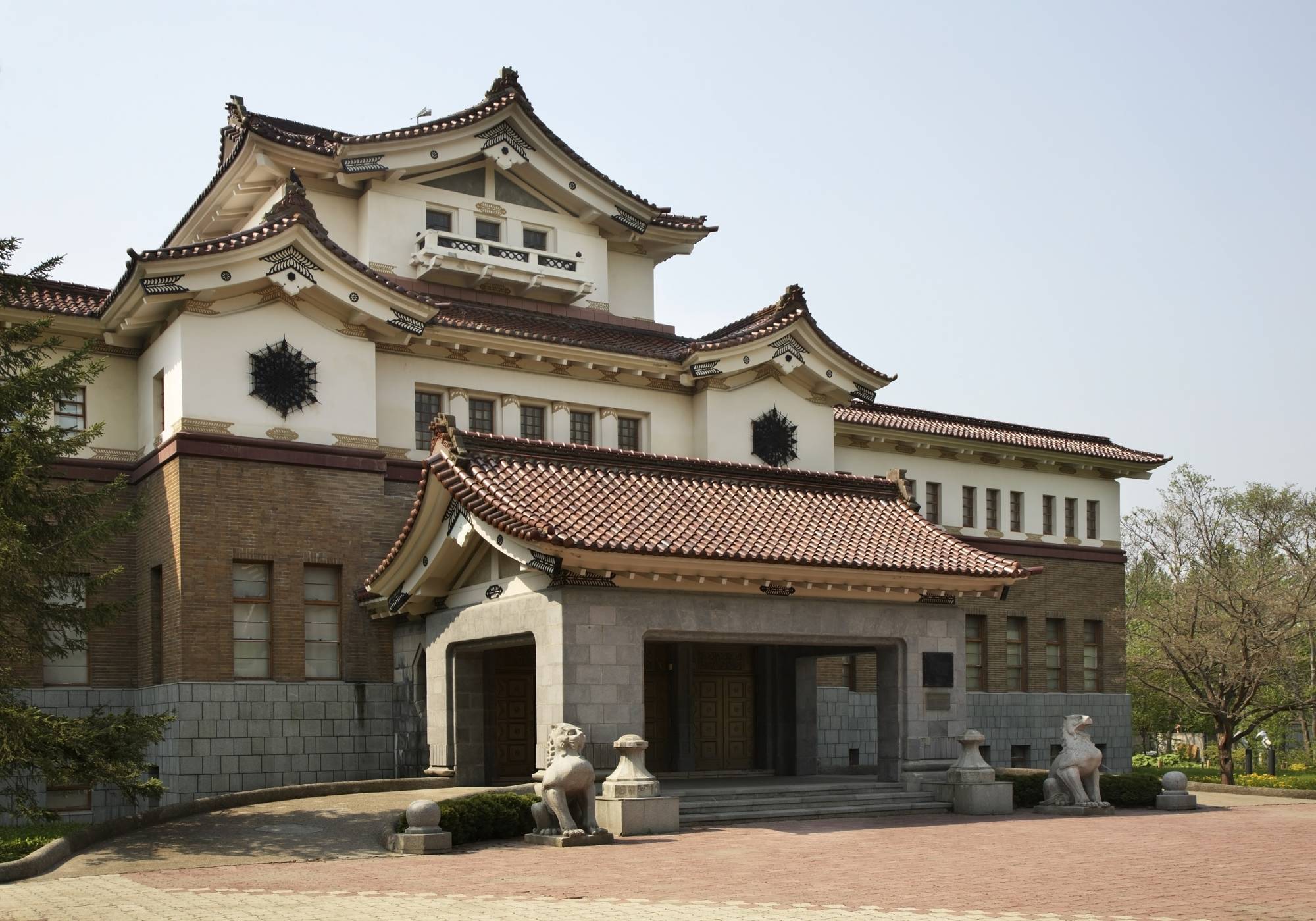Most readers would probably assume that with Japan’s World War ll surrender at noon on Aug. 15, 1945, the fighting stopped.
That would be a correct assumption were not the former Soviet Union, which had its eyes on occupying Hokkaido and severing it from Japan, involved.
At 11 p.m. Moscow time on Aug. 8, the Soviet Union informed Japanese Ambassador Naotake Sato that it was declaring war against Japan. In doing so, the Soviet Union was honoring its pledge to the Allies to enter the war against Japan by unilaterally breaking the Soviet-Japanese Neutrality Pact, which was supposed to be effective until April 1946.


















With your current subscription plan you can comment on stories. However, before writing your first comment, please create a display name in the Profile section of your subscriber account page.